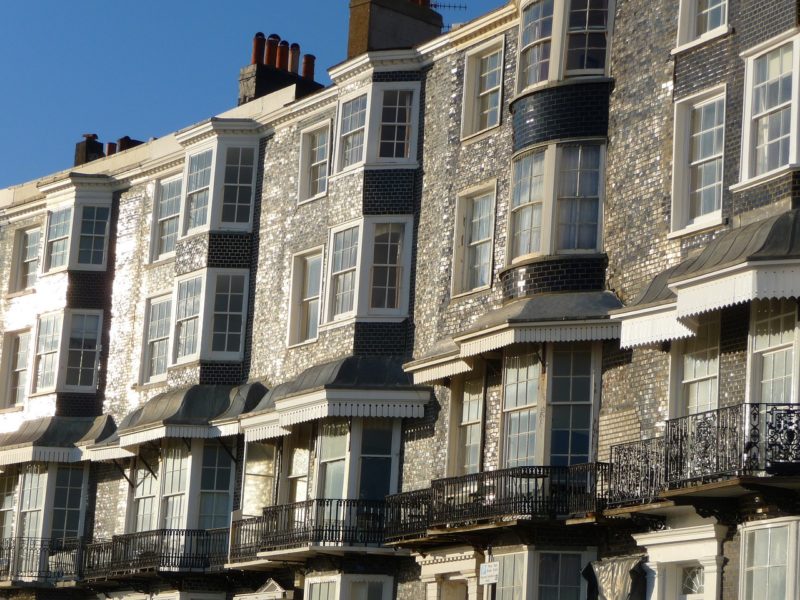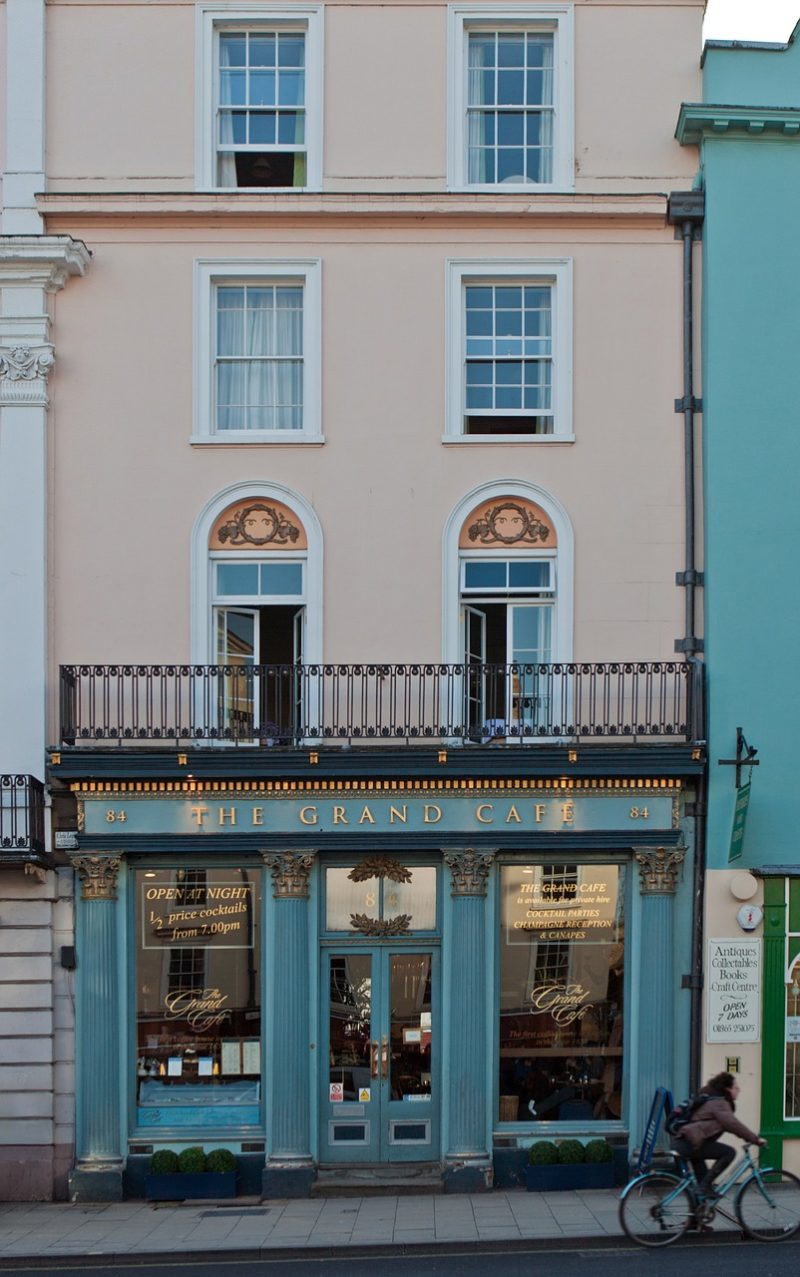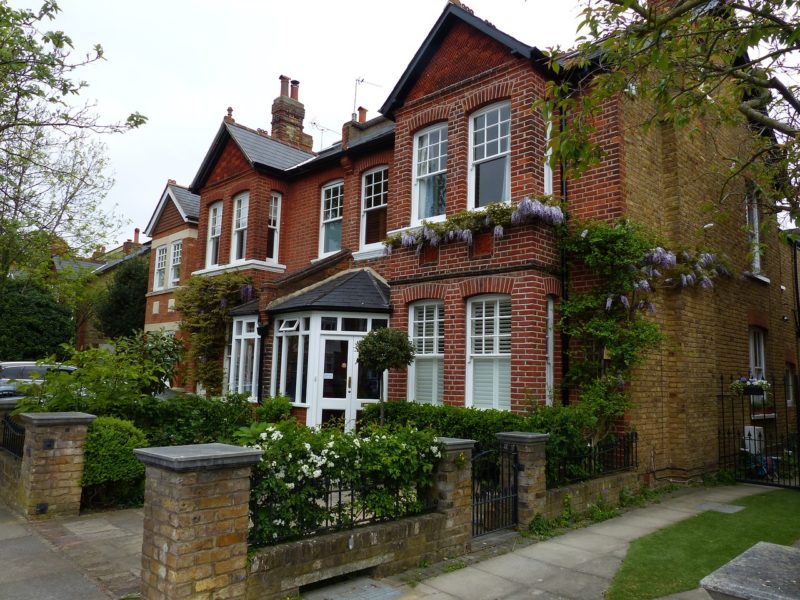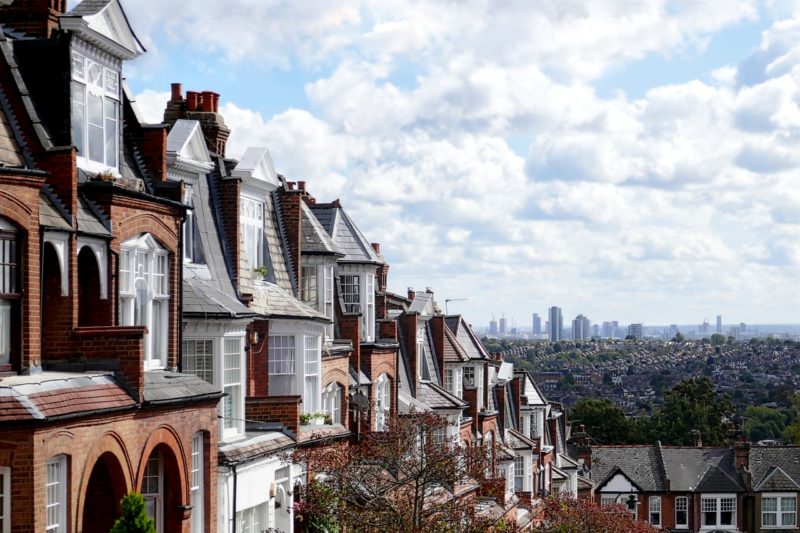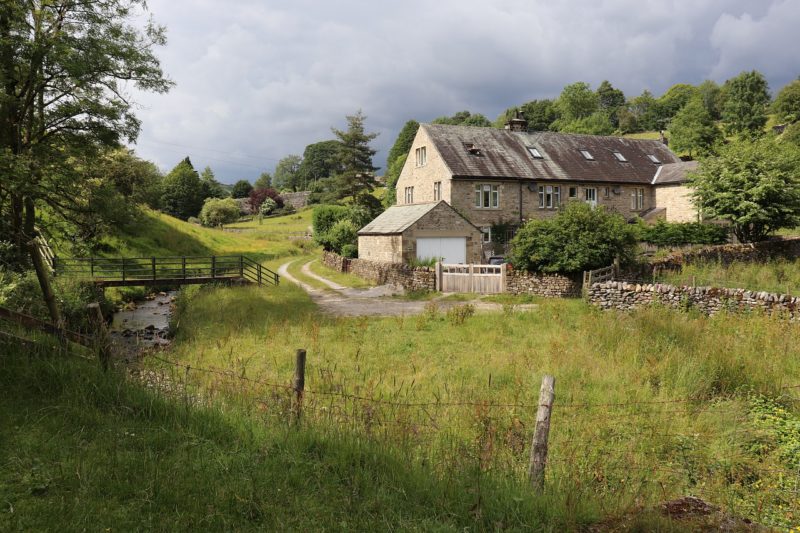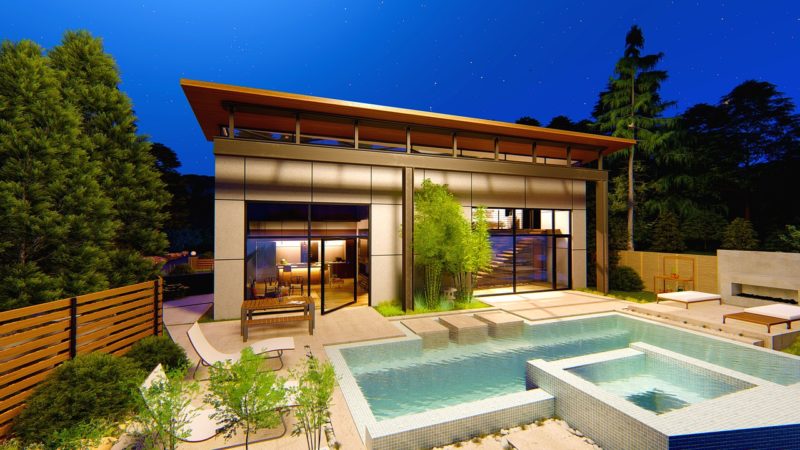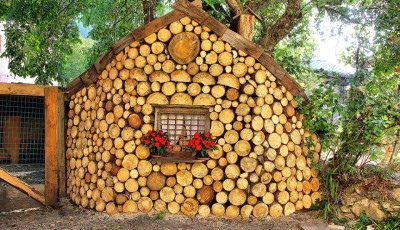How UK Housing has Changed Over Time
The timeline of British housing has a wonderfully historical story, with countless different styles throughout different eras. From Georgian properties dating all the way back to the 1700s to modern day classic designs that we all know and love today. We’ve seen decadent and detailed Regency homes, back to basics post war houses, and everything in between.
In this article, we take a trip back in time to revisit some of these iconic home fashions from times gone by, and look ahead at what the future of current interior design trends hold for our homes.
Houses through time
We’ve seen a vast array of housing styles throughout past eras – with many delicate features still creeping into our homes today, particularly in older character houses.
Let’s breakdown a few different styles from the past chapters of British life:
Georgian (1740 – 1800)
Still widely popular across many homes in America, the Georgian style features perfect symmetry across the exterior of the property, typically paired with sash windows, strong brickwork, and an understated elegance inside.
Regency (1800 – 1830)
Often light in colour with a smooth stucco exterior, Regency homes hold a certain grandeur, and often feature long, narrow windows. Many of these properties had several balconies carved into the front beneath each window.
Victorian (1840 – 1900)
Victorian houses completely changed in shape, with less of a focus on perfect proportions and symmetry and more on gabled roofs and interesting architecture. Many Victorian properties feature coloured tiled flooring, decorative ceilings and archways.
Edwardian (1901 – 1914)
Edwardian properties are instantly recognisable by their red brick body with a Tudor-style cladding at the top. Many feature a wooden-framed porch on the exterior, with majestic stained-glass front doors.
Post War (1940 – 1960)
Designed with family living in mind, post war houses are characterised by their much simpler designs, with triple-fronted brickwork. Typically single storeyed and often regarded as indistinguishable. These properties were build with solidity and sturdiness in mind.
Modern day (2020 – present)
The design of modern day houses banish ornate archways and features, swapping them for clean lines, geometrical shapes, and in some homes even purposeful asymmetries. Heavily featuring natural materials such as wooden flooring, and textural soft furnishings. The main difference we see looking back over each housing style through to today is the open plan layout of rooms that are widely associated with modern day homes. We are also seeing a large increase in fitted wardrobes and built in storage to maximise space in smaller rooms of modern day homes. This helps to maintain a clean, calm, and minimal aesthetic.
The modern focus on sustainable housing
With the ongoing fight against climate change, it comes as no surprise that sustainability is a strong focal point of interior trends across modern-day living. Many houses being built today include sustainable features to make households more energy efficient.
These include the likes of:
- Double-glazing
- Combi-boilers
- Smart meters
- Heat pumps
- Electric car charging points
- Better roofing and wall insulation
- Solar panels – to convert sunlight into energy
- Large gardens with space for fruit and vegetable allotments
By combining some or all of these elements within a home, you can hugely reduce your carbon footprint and do your bit to help protect the environment.

